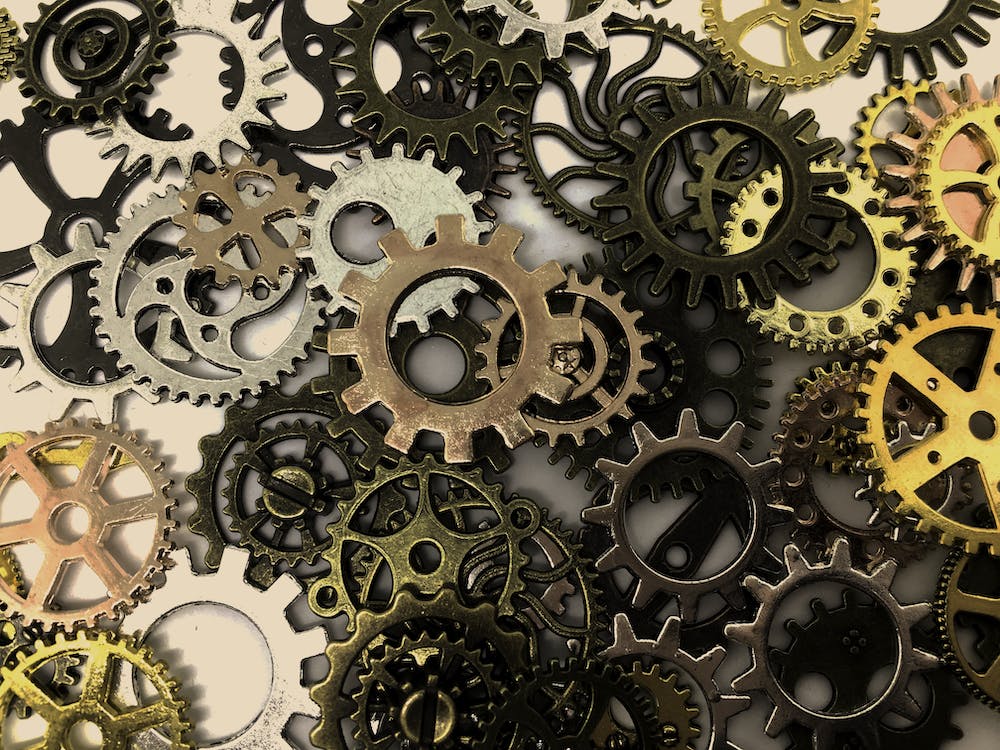
FAQ About Industrial Design

What is the role of an industrial designer?
The role of an industrial designer is multifaceted and involves a range of responsibilities throughout the product design and development process. Here are some key aspects of an industrial designer's role:
- Conceptualization: Industrial designers are responsible for generating and refining creative ideas for new products or product improvements. They brainstorm, sketch, and create visual representations of their concepts.
- Design Development: Industrial designers translate their concepts into detailed design specifications. They create 2D and 3D digital models, renderings, and prototypes to refine and visualize the design.
- User-Centered Design: Industrial designers focus on understanding user needs, preferences, and behaviors. They conduct user research, analyze market trends, and incorporate user feedback to create products that meet the needs and expectations of the target audience.
- Aesthetics and Form: Industrial designers pay attention to the visual appeal and form of products. They consider color, materials, textures, and finishes to create visually appealing and cohesive designs that align with brand identity.
- Functionality and Ergonomics: Industrial designers ensure that products are functional, ergonomic, and easy to use. They consider factors such as user interaction, comfort, safety, and accessibility to create intuitive and user-friendly designs.
- Materials and Manufacturing: Industrial designers have knowledge of materials, manufacturing processes, and production techniques. They collaborate with engineers and manufacturers to select suitable materials and ensure that the design can be efficiently and cost-effectively produced at scale.
- Prototyping and Testing: Industrial designers create physical or digital prototypes to evaluate and test the design's functionality, aesthetics, and user experience. They gather feedback, make necessary refinements, and iterate on the design to optimize its performance.
- Collaboration and Communication: Industrial designers work closely with cross-functional teams, including engineers, marketers, and manufacturers. They collaborate to align design intent with technical requirements, market demands, and production capabilities. Effective communication and teamwork are essential in achieving successful outcomes.
- Design Integrity and Branding: Industrial designers play a crucial role in maintaining the integrity of a brand's design language. They ensure that the design aligns with the brand's values, identity, and overall product portfolio.
- Trends and Innovation: Industrial designers stay abreast of industry trends, emerging technologies, and materials. They seek innovative solutions and incorporate cutting-edge elements into their designs to create products that are competitive and future-proof.
